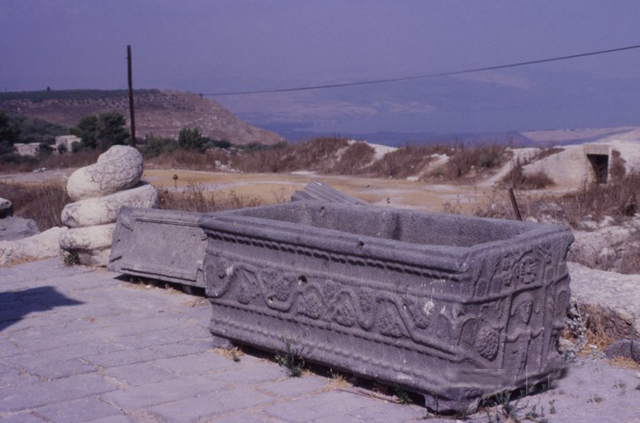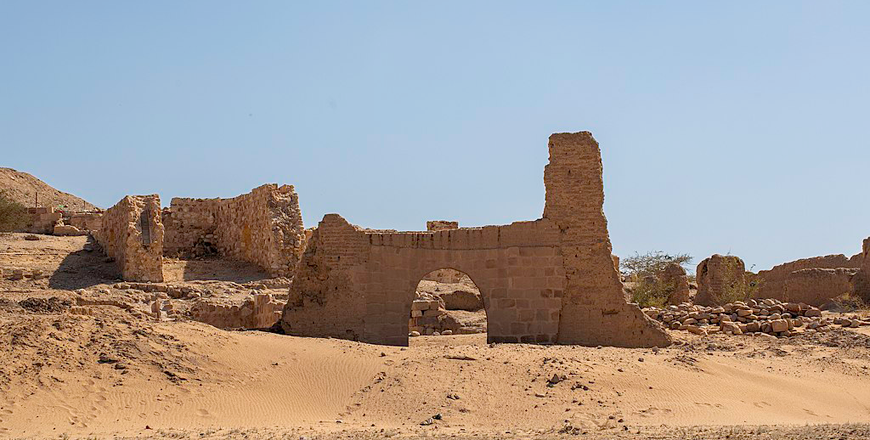You are here
American scholar examines early Christian presence in Jordan, Palestine
By Saeb Rawashdeh - Jul 27,2017 - Last updated at Jul 31,2017

Robert Schick
AMMAN — By the 6th century AD, Christians became “the solid majority of the population of southern Bilad Al Sham [Greater Syria],” said historian Robert Schick from the University of Mainz in Germany.
Jerusalem and other Christian holy places attracted pilgrims from around the Christian world and the cluster of monasteries in the area located between Jerusalem, the Jordan River and the Dead Sea, was a vibrant centre of Christian culture, he underlined.
“After the Muslim conquests of the 630s, the Christians continued to thrive with little disruption in the Umayyad period,” Schick noted.
Only by the late 8th and into the 9th-10th centuries can a decline in the fortunes of the Christians be detected, as many churches went out of use and the Muslim population grew, the scholar said.
“On the eve of the Crusades, what the relative sizes of the Christian and Muslim populations were remains an unresolved historical question,” Schick noted, “but the two communities may have had roughly similar sizes, perhaps with the proportion of Christians higher in Palestine than in Jordan.”
For historians and archaeologists, remains of 300 Christian churches from the Byzantine to early Islamic period, 391-634, in Jordan represent primary sources, he underlined.
Over half of them have been excavated, providing in many cases clear archaeological evidence of what happened to those buildings and the Christians who used them — whether a continual use, abandonment, earthquake destruction or alterations of the buildings to non-church uses, he added.
The religious importance of Jerusalem means that there is a lot of historical information available about the city and the Holy Land in general. Such sources accounts for saints and pilgrims’ lives, the historian said, highlighting that here is a sharply reduced amount of information available for other less religiously significant areas, such as Jordan.
Comparing different historical periods, Schick said: ”The Byzantine and Umayyad periods were a high point of settlement in southern Bilad Al Sham, but, in the course of the Abbasid period, settlement declined, as most of the larger urban centres — Jerash, Umm Qeis and Madaba, to mention just three examples — declined into smaller towns or were largely abandoned.”
The events of the conquests in the 630s had little immediate destructive impact, as most places surrendered to the Muslims after the Byzantine military forces were defeated in battle, most notably the decisive Battle at Yarmouk in 636, the scholar highlighted.
“Indeed, two new churches in Rihab and one in Khirbates-Samra in northern Jordan were dedicated in or around 635 — at the precise time they were being conquered by the Muslims,” he explained.
However, the Christians continued to thrive with little disruption for the next several generations of the Umayyad period, 661-744, only declining significantly in the course of the Abbasid period, 750-1242, Schick added.
Schick recently finished a three-year research project at the University of Mainz in Germany, where he studied the history and archaeology of early Christianity in southern Jordan, in the area from Wadi Mujib south to Aqaba. It focused on the first documented presence of Christians in the area in the early 4th century up to the Crusades.
Related Articles
AMMAN — The ancient city of Gadara (modern Umm Qais) was developed during the Hellenistic and Roman eras and was part of the Decapolis
AMMAN — The Abbasid presence at Gadara (modern Umm Qais) was mentioned in the works of Arab mediaeval geographers and scholars.
AMMAN – The early Byzantine period was a period of great economic prosperity in the southern Bilad ash-Sham. “Agriculture reached its p


















